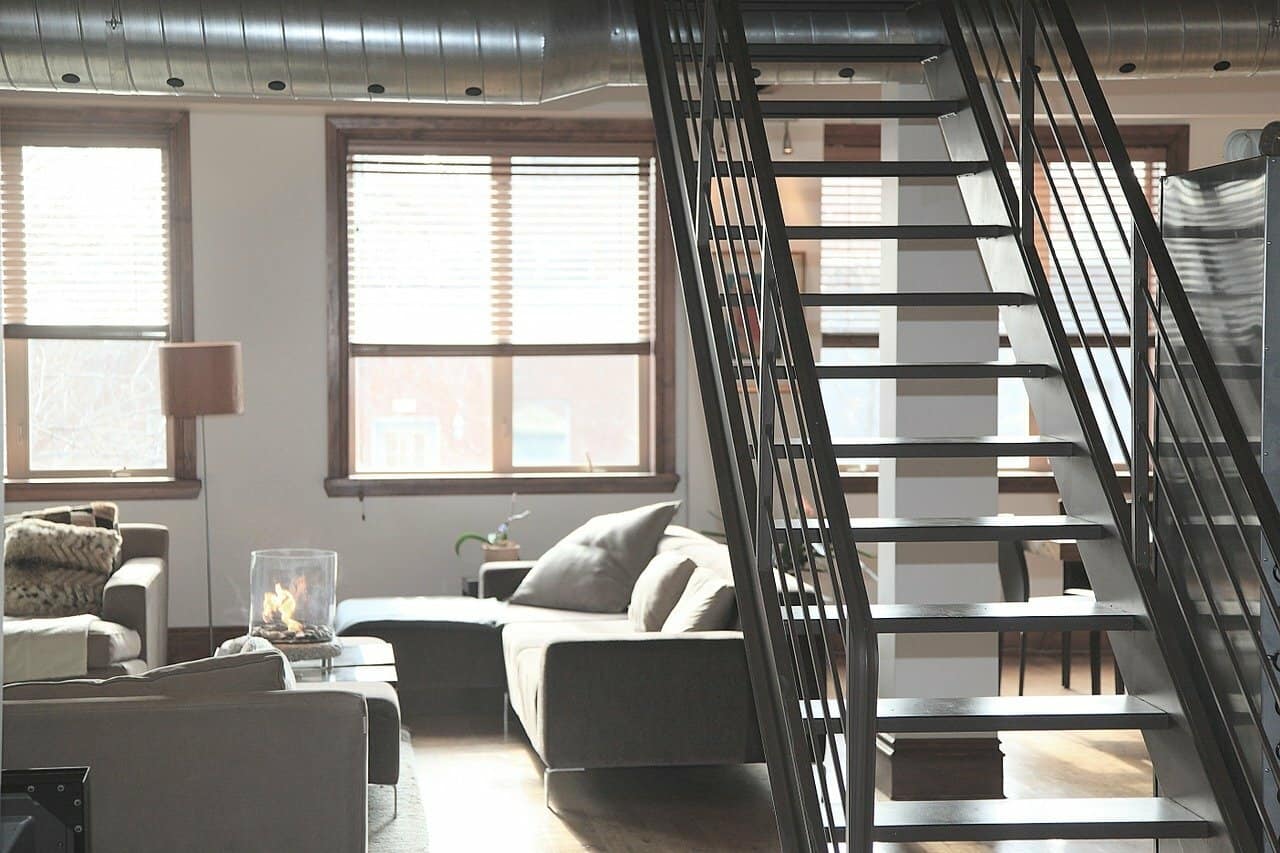With all the various kinds of home insurance policy coverage available, it can be difficult to narrow down what type of policy will best fit your needs. From the bare basics to the more comprehensive options, read through our breakdown of the different types of homeowners’ insurance policies including what they do, and don’t financially protect you against.
Reviewing HO-1 Through HO-8
1. HO-1: Basic Form
A basic form homeowners policy is just that — basic. It will usually financially safeguard against 10 named perils:
- Fire or smoke
- Explosions
- Lightning
- Hail and windstorms
- Theft
- Vandalism
- Damage from vehicles
- Damage from aircraft
- Riots and civil commotion
- Volcanic eruption
You can sometimes get a home insurance policy coverage for the belongings inside your home in addition to the structure itself, but the items you want coverage for generally must be specified at the time you purchase your policy. Floods and earthquakes aren’t typically covered, and neither is your personal liability if you’re sued by someone who gets injured on your property.
HO-1 policies aren’t offered much anymore due to the affordability of other types of coverage that tend to offer more bang for their buck. Plus, mortgage companies don’t always consider this type of policy sufficient coverage for a home.
2. HO-2: Broad Form
A broad form policy is a more common type of homeowner’s coverage. It covers all the perils in an HO-1 policy, plus:
- Falling objects
- Weight of ice, snow, or sleet
- Freezing of household systems like AC or heating
- Sudden and accidental tearing apart, cracking, burning, or bulging of pipes and other household systems
- Accidental discharge or overflow of water or steam
- Sudden and accidental damage from artificially generated electrical current
The HO-2 typically covers not only your home’s structure but your belongings and sometimes even your personal liability as well. It’s important to note, though, that because the HO-2 is a “named peril” policy, any damage caused by events other than those listed on your policy will generally be excluded from coverage.

3. HO-3: Special Form
The HO-3, or “special form,” home insurance policy coverage is the most common type of homeowner’s insurance, namely because of its broad range of coverage and general affordability. It covers all the perils mentioned in the HO-2, or “broad form,” policy — but it also goes further than that.
Because an HO-3 doesn’t limit coverage only to named perils, it often can provide more financial protection than an HO-2. That means that your typical HO-3 form can financially protect you against any and all perils unless your policy specifically mentions them in the exclusions — and if it doesn’t, you’re covered.
The HO-3 policy typically insures your home and attached structures (like a garage or deck), as well as your belongings and your personal liability if you accidentally injure someone or damage their property.
What you are and aren’t covered for will depend on your specific policy, so it’s always wise to go over everything with your insurer. Earthquakes and floods are generally excluded from coverage on most HO-3 policies.
HO-3 versus HOB
During your homeowners’ insurance search, you may have come across something called a HOB policy. Nearly identical to the HO-3, a HOB form typically provides more coverage against water damage for coastal areas of the U.S.
A HOB policy may also cover things like garden tractors, boat and boat trailers, lawnmowers, and other similar accessories while they’re on your property.
4. HO-4: Tenant’s Form
This policy type is specifically for renters since it covers only belongings and personal liability — not the building structure, which the landlord buys insurance for. Belongings are typically covered against the same perils as an HO-2 broad form homeowner’s insurance policy.
An HO-4 policy, more commonly known as renters insurance, will also usually cover additional living expenses should you need to stay elsewhere temporarily while your apartment is getting fixed up.
5. HO-5: Comprehensive Form
A comprehensive form policy is comprehensive, indeed, in that it often covers more perils than other types of policies. Just like an HO-3 form, an HO-5 is an open-peril policy form that can financially safeguard you against all perils unless your policy specifically excludes them in writing.
An HO-5 policy typically excludes the following:
- Earth movement (like an earthquake, landslide, or mudslide)
- Floods
- Water damage
- Damage from or an infestation of birds, vermin, rodents, and insects
- Neglect, deterioration, and general wear-and-tear
- Settling, shrinking, bulging, or expanding of your home’s foundation
- Your pets and other animals
- Mold, fungus, and rot
- Intentional loss
- War, government action, and nuclear hazard
- Ordinance or law
- Smog, rust, and corrosion
It’s important to note that you may still have coverage for some of these events if they happen suddenly and unexpectedly — that’s why we always advise that you speak with your insurer about your particular circumstances after a loss.
When it comes to your personal belongings, an HO-5 typically covers more perils than your average HO-3 policy. Additionally, an HO-5 covers your personal liability to the limits you choose. Even though an HO-5 policy is typically more expensive than an HO-3 (and may not be offered by as many insurers), it’s the broadest type of homeowner’s insurance coverage you can get.

6. HO-6: Condo Form
This type of policy is specifically for condo owners and financially protects belongings and personal liability. An HO-6 policy, also known as condo insurance, also typically extends to the walls, floors, and ceiling of the unit too.
The same incidents covered under a typical homeowner’s insurance policy generally apply to HO-6 coverage too. The rest of the condo’s structure is usually covered by a policy purchased by the homeowner’s association.
7. HO-7: Mobile Home Form
The mobile home form is essentially the same as an HO-3 but is designed specifically for mobile or manufactured homes, which don’t fall under regular homeowners’ insurance coverage.
8. HO-8: Older Home Form
An HO-8 policy addresses specific concerns with coverage for older homes. The coverage details of an HO-8 are basically the same as an HO-3, but with special adaptations to better suit older homes, which may have different coverage needs than newer houses. Historic homes and registered landmarks usually carry this type of policy.
It’s good to keep in mind that many insurance companies may take the best parts of 2 or more types of these policies, and combine them to offer more comprehensive coverage.




